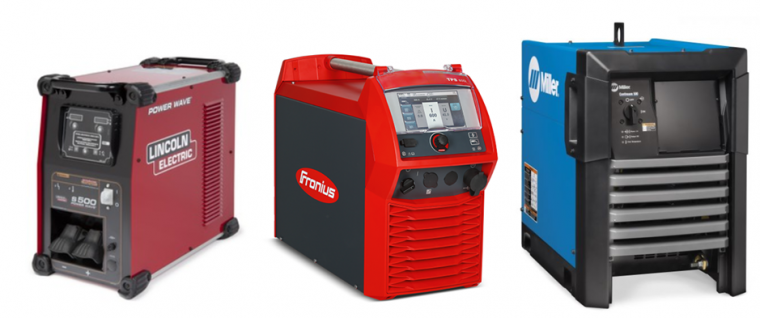9 Changes for the New AWS D1.1 Structural Welding Code (Steel) 2020 Edition

The new edition of AWS D1.1 Structural Welding Code (Steel) has been released. If you are looking to get the hard copy you may need to wait a few weeks, but the electronic version is ready for purchase from the American Welding Society (AWS) through their website. There is a significant cost to obtain the […]


